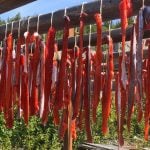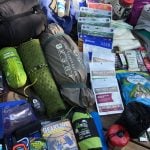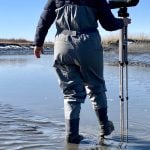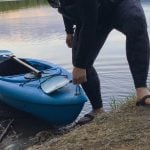What to Wear Hunting
Whether you’re trying out hunting for the first time or an experienced hunter looking to hunt a new area or species, you may find yourself wondering what to wear. Do I need camouflage? Are solid colors okay? What about blaze orange?
The hunting apparel industry is estimated to be worth billions of dollars in the US alone, so there is certainly no shortage of choices. Where does one begin and how do you narrow it down?
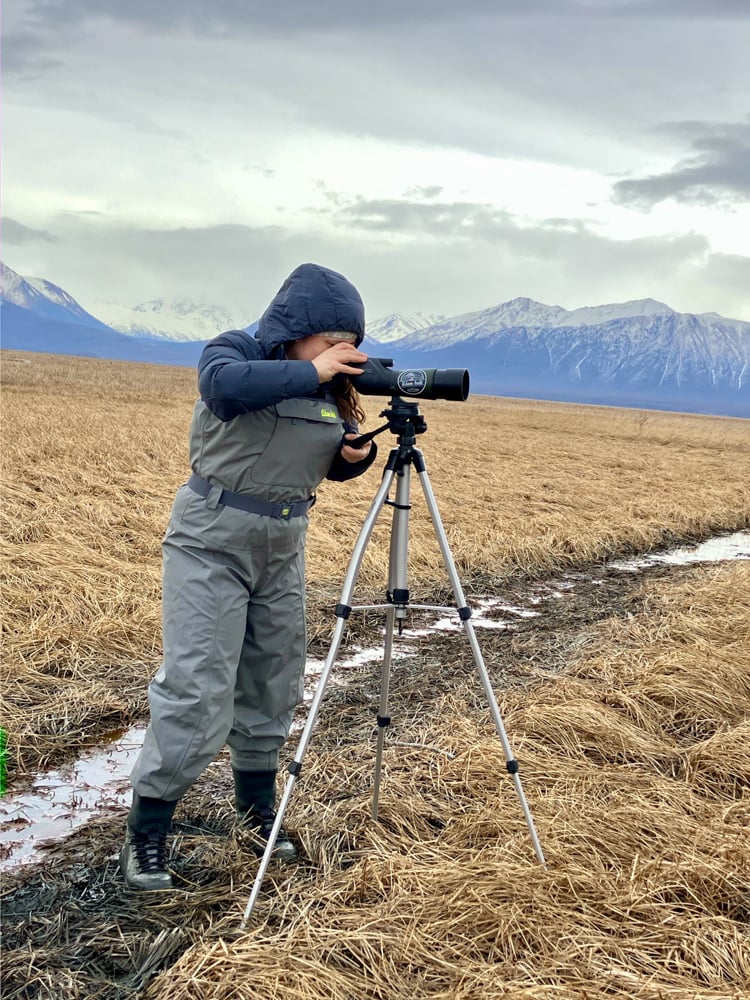
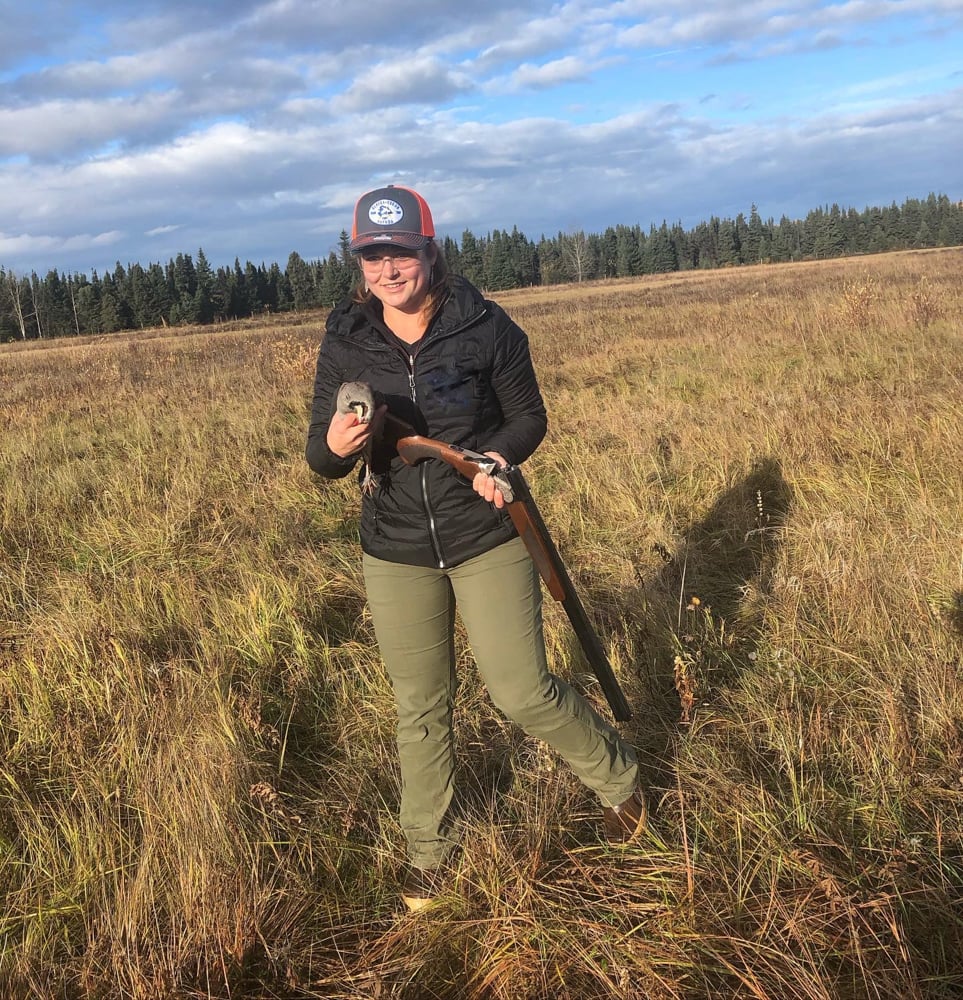
The Basic Necessities
What you absolutely need to start out is clothing that is safe and appropriate for the environment you will be in. Like all other outdoor activities, non-cotton fabrics are often best combined with warmer and waterproof layers as needed. Don’t skip out on a chance to go hunting simply because you don’t have specialty clothing. My very first bird hunt, I wore a fuchsia puffy jacket and was still successful. Yes, there are advantages to wearing hunting specific clothing, but it is certainly not a requirement.
There are situations where specialty clothing is necessary for safety purposes. For example, waterfowl hunting often requires walking through the water. Waders are needed to prevent hypothermia. When hunting in the desert, it is often recommended to wear snake proof boots for protection against venomous bites. Regular hiking boots and gators are not a safe substitute. Rain gear, winter gear, hiking pants, technical tops, and much more can certainly be substituted between outdoor sports.
Blaze Orange
Is orange a necessary part of your hunting outfit? The answer is sometimes. All but a handful of states have requirements for wearing blaze orange at least part of the time. Hunter-Ed put together a summary, but it is important to check the regulations in the state where you will be hunting. Most states require a specific amount of orange (often ranging between 400 to 500 square inches) to be worn on the upper body along with an orange head covering during rifle season for big game such as deer, elk, and bear. Some states allow orange camouflage and some do not.
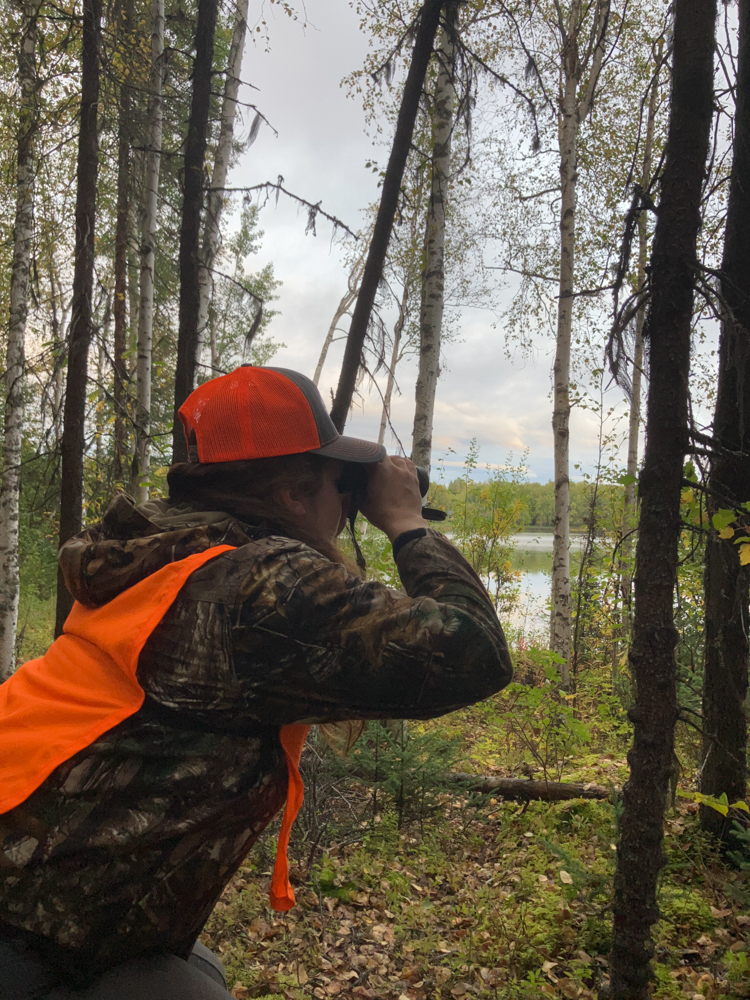
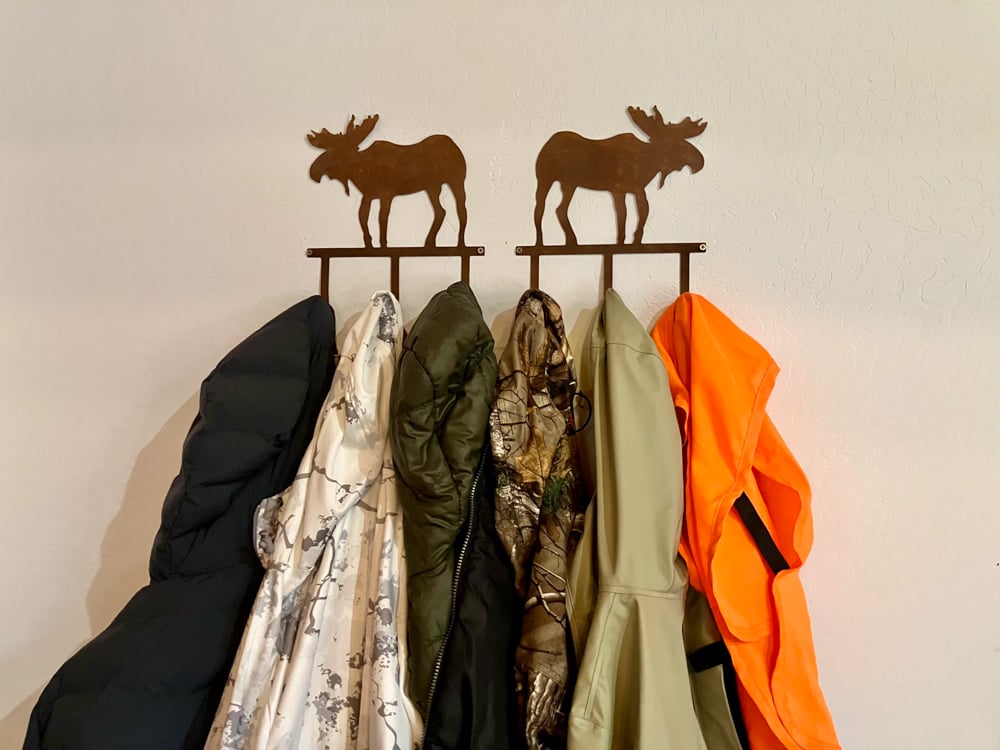
Even if you live in an area where orange is not a requirement, you should still consider wearing it. We do not have a requirement in Alaska, but I often wear orange anyway when hunting or recreating in popular hunting areas. While every marksman should understand that it’s vital to know your target and what is beyond it, accidents still happen. Being visible helps keep you safe.
Are you worried wearing orange will make you more visible to the animals? Don’t be. While deer and other mammals are not color blind, they are unable to see red and orange colors well. You are more likely to spook an animal by moving too quickly than by wearing orange.
Solid Colors
Are you looking to blend in but not sure camouflage is for you? Consider wearing neutral solid colors. I dislike the idea of owning a jacket for every hobby. I prefer not to wear camouflage outside of hunting specific trips, so I purchase a lot of neutral, solid-colored garments.
When hunting in a heavily treed area, it is easy to compensate for high visibility clothing with a good stalk. Hunting on the tundra, prairie, dessert, or an alpine zone can leave you much more exposed. Being spotted by your targeted animal in the open is much more likely, meaning you could spook them before getting in shooting range. Choosing a color close to that of your environment can make a big difference. While on a winter caribou hunt last winter, I wore a white cover over my regular winter gear before purchasing white camouflage.
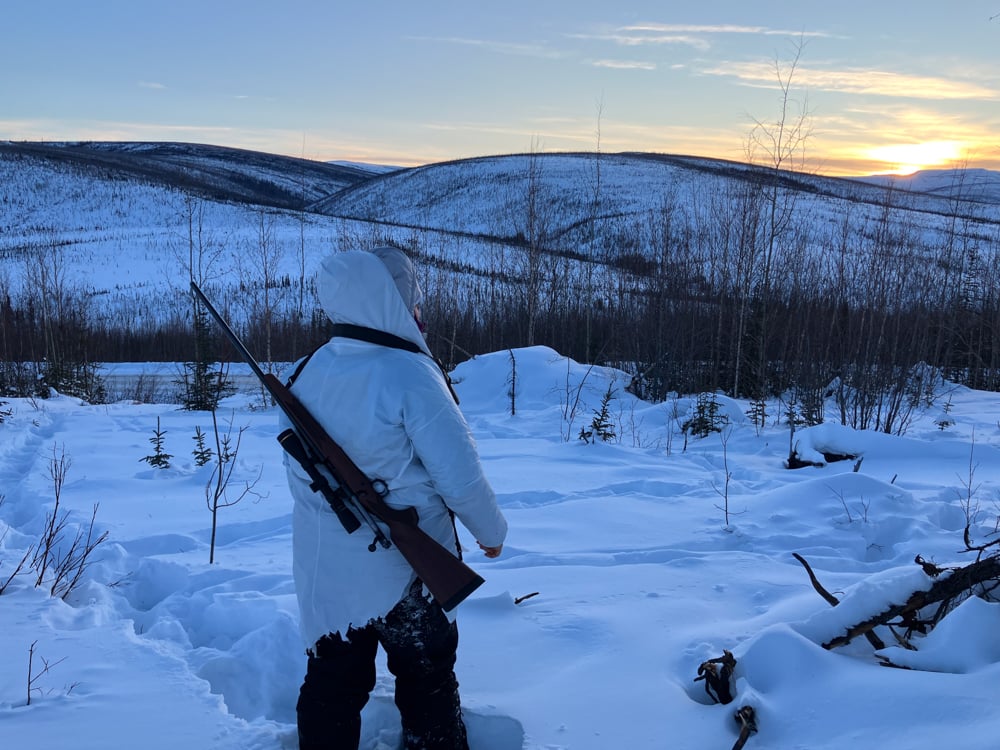
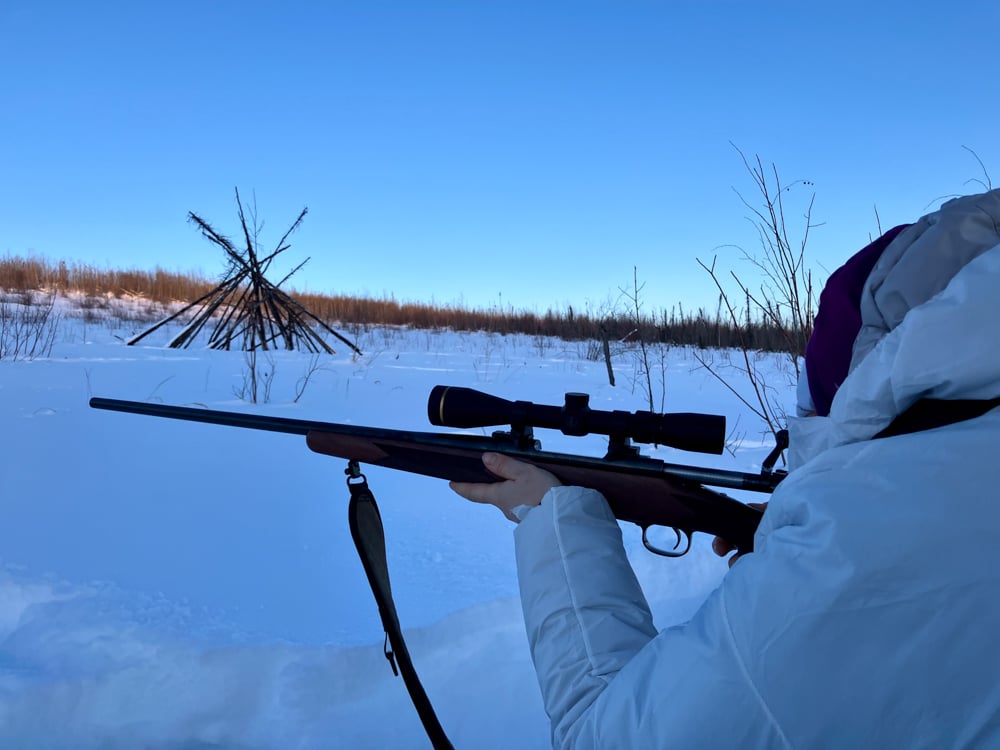

Are there advantages to buying specialty hunting gear in solid colors versus regular outdoor gear? Yes, there can be. Hunting specific clothing is designed not only with protection from the elements in mind, but also concealment. Scent concealment and noise concealment are important considerations. It’s hard to sneak up on a deer if your pants make a swishing noise or your jacket makes a crinkling sound every time you move. Almost all companies that make camouflage clothing also offer options for solids. Stone Glacier makes high end hunting clothing exclusively in solid colors.
Camouflage
If concealment is a top priority for you or you love the traditional look of hunting, then camouflage is the best choice. In addition to looking cool, the patterns do help you blend into your surroundings. While there are endless style options, hunting camouflage can be broken down into two categories. Vegetation based camouflage is made up of patterns based off of leaves, trees, bark, twigs, and other natural elements. Reeltree makes a good variety of vegetation-based camouflage patterns. Digital based camouflage is made up of pixilated designs drawn from the digital analysis of various environments. Kuiu offers several digital based camouflage designs.
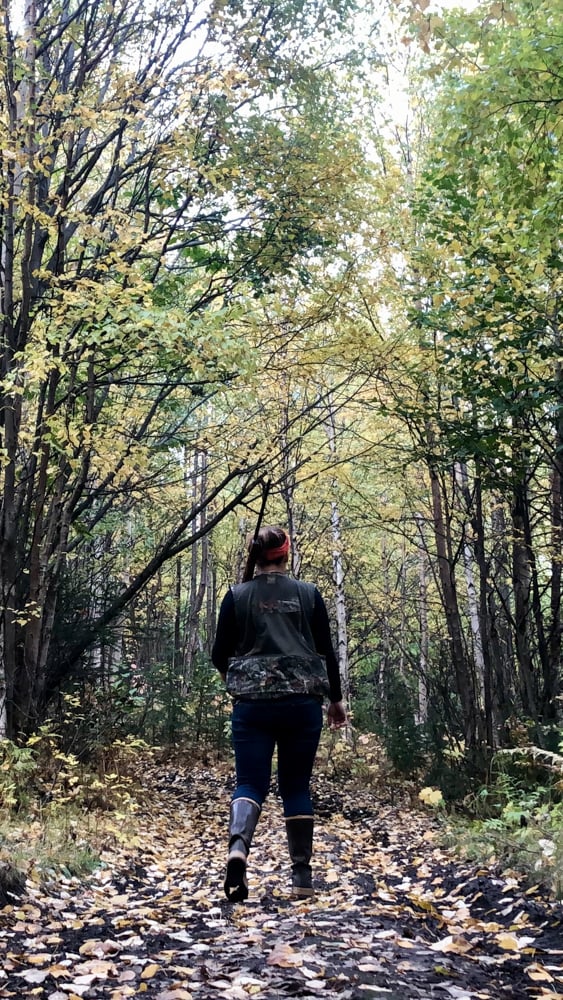
Camouflage patterns are not a one-size-fits-all approach. What works well for hunting in a swampy area will not work well for hunting in the snow and vice versa. If you enjoy hunting in a variety of environments, the number of different patterns needed to maintain concealment can add up quickly.
Cover-ups can be a great way to utilize your existing gear while adding a bit more concealment. They are lightweight and intended to be used over other jackets or clothing. They are also much more affordable than specialized clothing. I recently purchased this set from King’s Camo for winter hunts.
The Final Word
At the end of the day, you should select clothing that will allow you to have an enjoyable experience on your hunt. As always, check in with your local fish and game department or a conservation officer if you have questions about legal requirements and remember to make safety a top priority. Happy hunting to you whether you choose to wear a full ghillie suit and face paint or your yellow polka dot rain jacket!
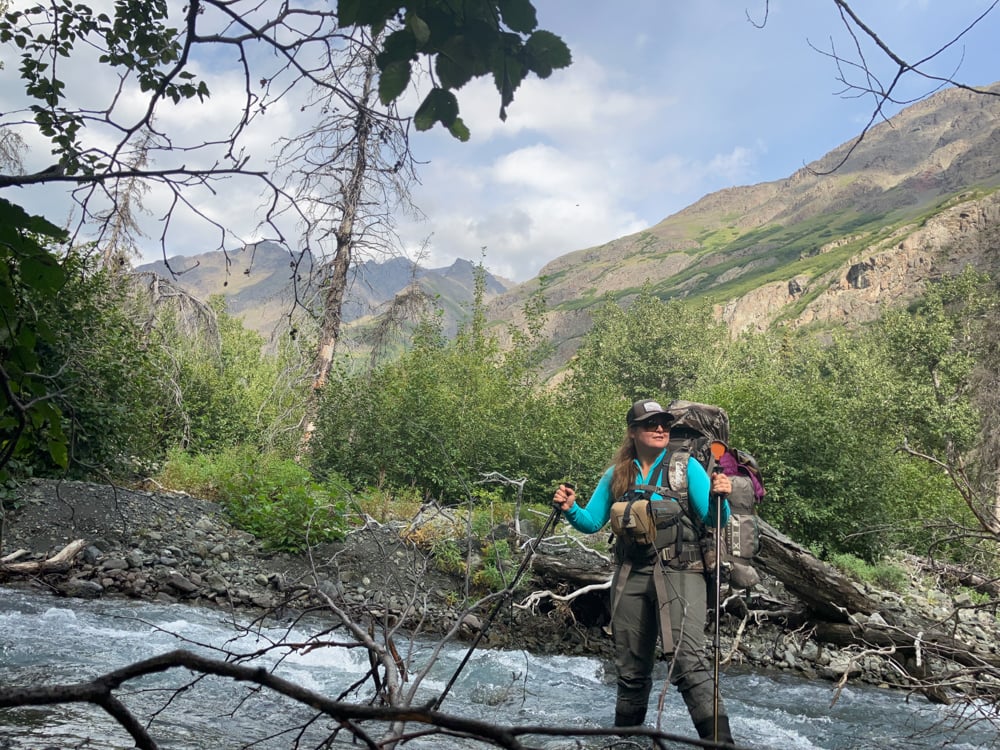
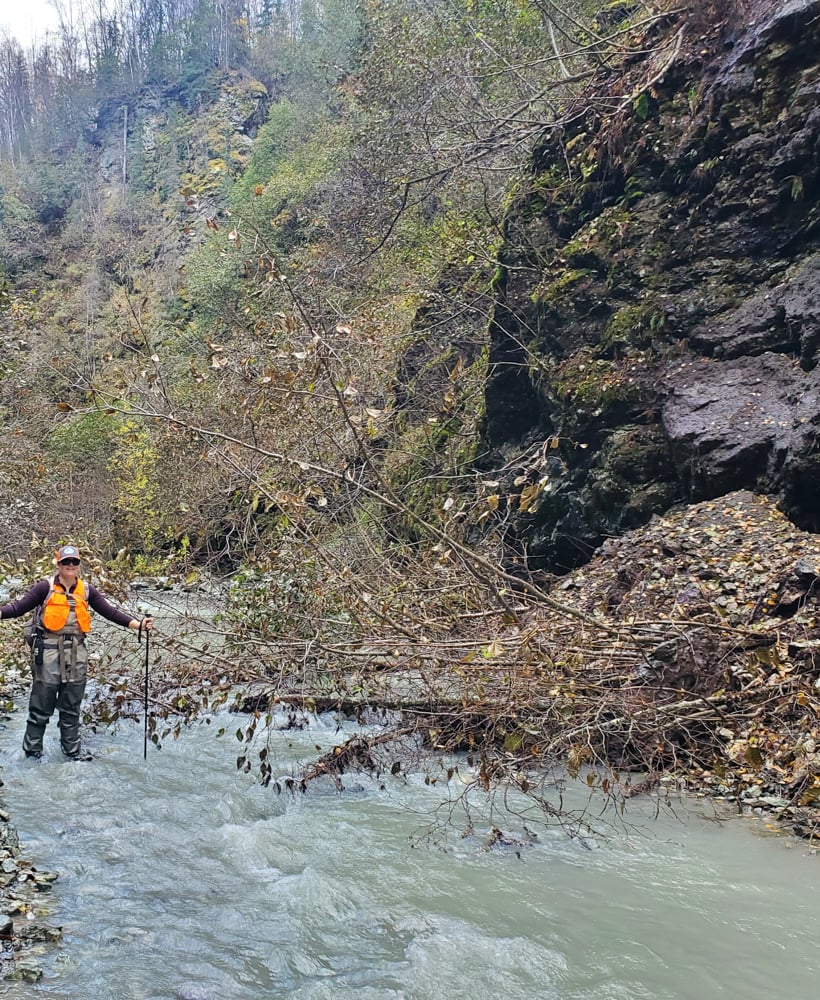
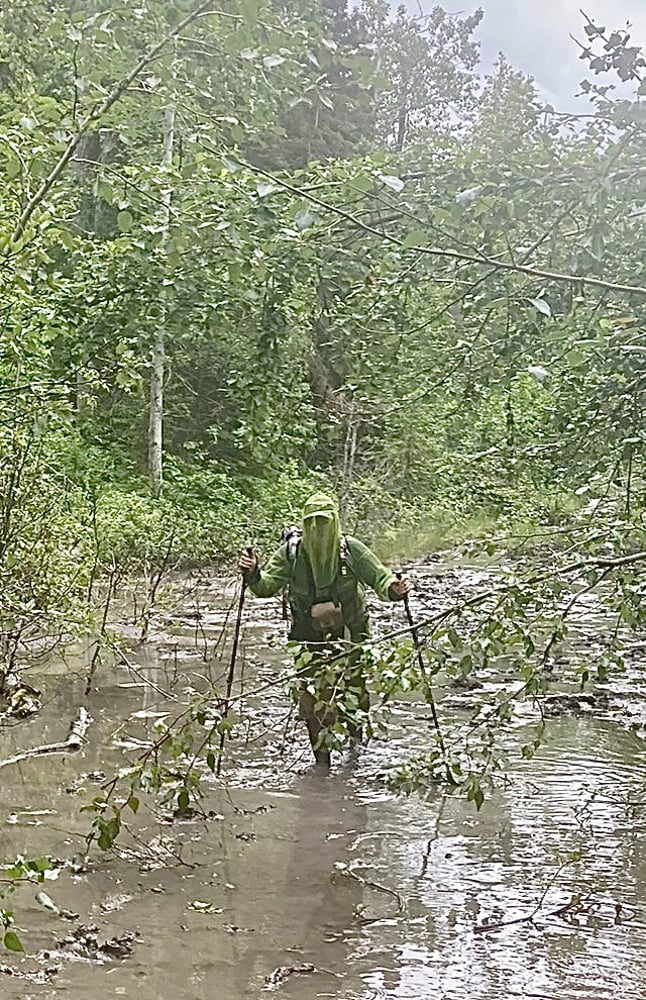
About the Gear Tester
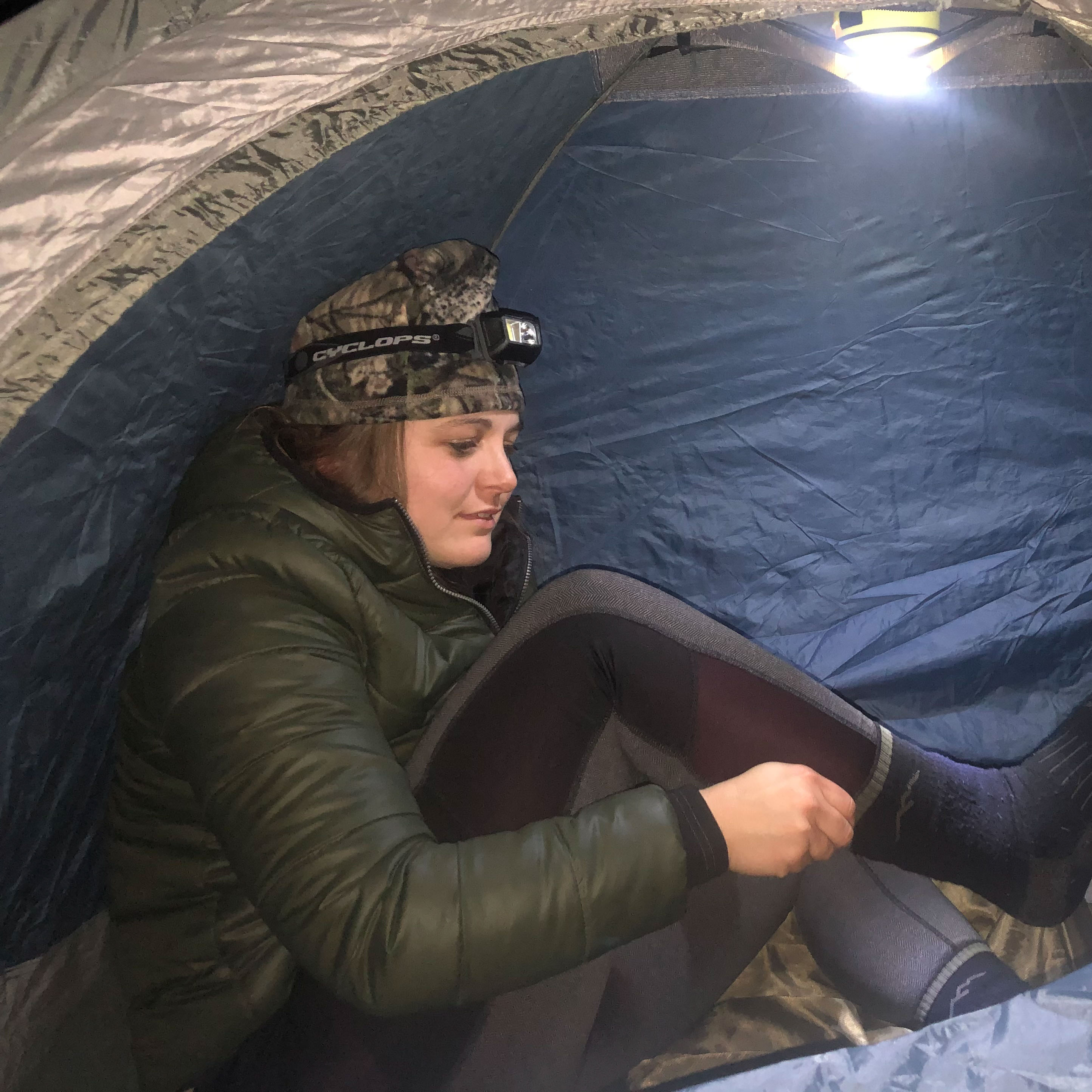
Michelle Beadle
Michelle currently resides in Alaska working and volunteering in the conservation field for various government, tribal, and non-profit entities on projects in remote areas. When not at work, you can find her hiking, skiing, climbing, horseback riding, running, biking, hunting, fishing, or trying out new ways to explore the outdoors. She can be found on Instagram under michelle_ventures.


